Whenever I have the opportunity, I travel to the volcanic island of Jeju for a few days. There is a lot to explore on Jeju. Besides great hiking trails like the Olle Gil and the many cafes that invite you to linger, I am always fascinated by the “mermaids”. My pulse increases abruptly when I discover isolated orange buoys on the open sea. But who are these “mermaids” that fascinate me so much?
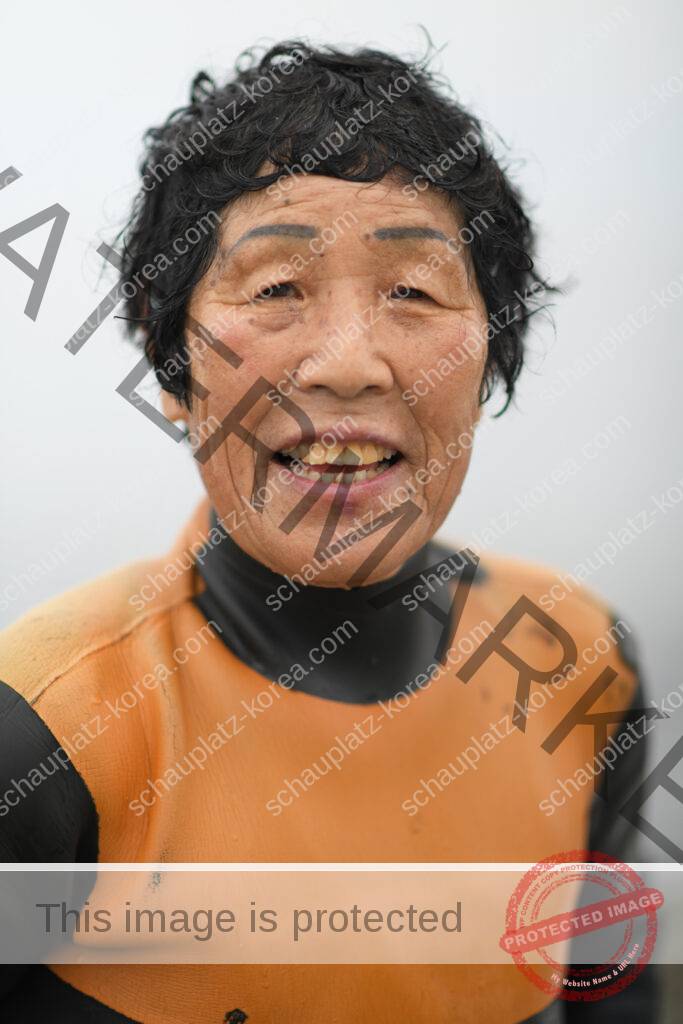
Haenyeo are female divers who bring up seafood from the depths of the sea along the coast of Jeju without any technical equipment. Most of these women are now over 60 years old. However, there are also Haenyeo who are still diving in their 80s. As the main breadwinners of the family, they make their living by harvesting abalone, sea cucumber, clams, and hijiki seaweed. It is believed that abalones, also called sea or ocean ears, were first harvested and offered for consumption during the Joseon Dynasty (1392-1897). However, the history of Haenyeo probably goes back much further. Records from the sixth century contain evidence that the work of the mermaids, which is called Muljil, goes back to the time before the Three Kingdoms (57 bc to 668 ad). At that time, the Haenyeo are said to have dived in the sea for pearls. Based on a gift presented to the king at that time by the central government, it is believed that this is the beginning of the Haenyeo diving culture.
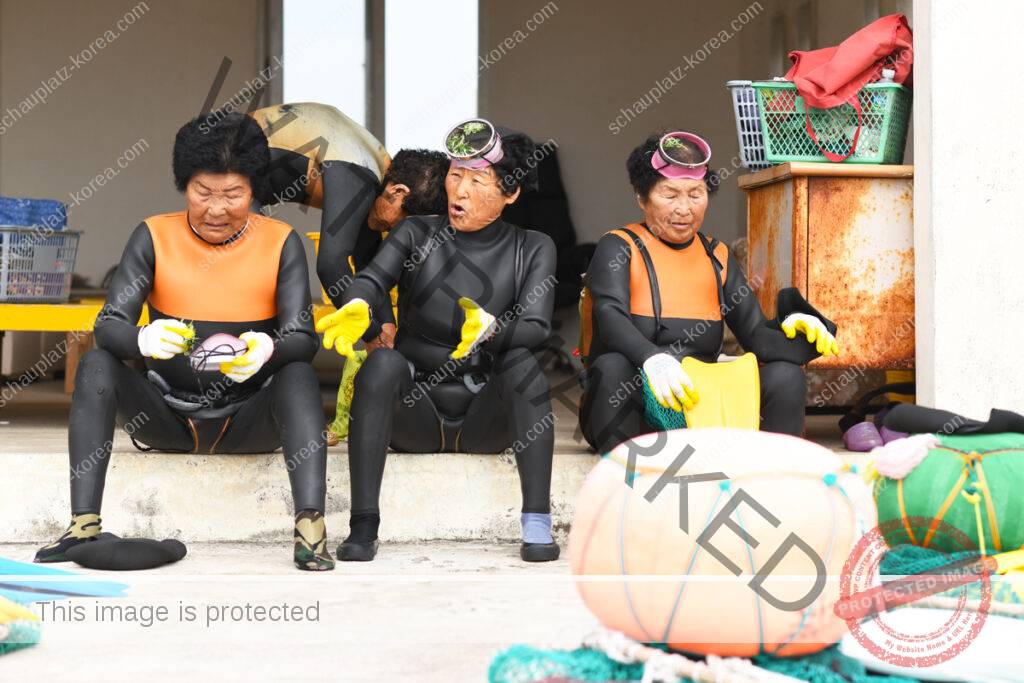
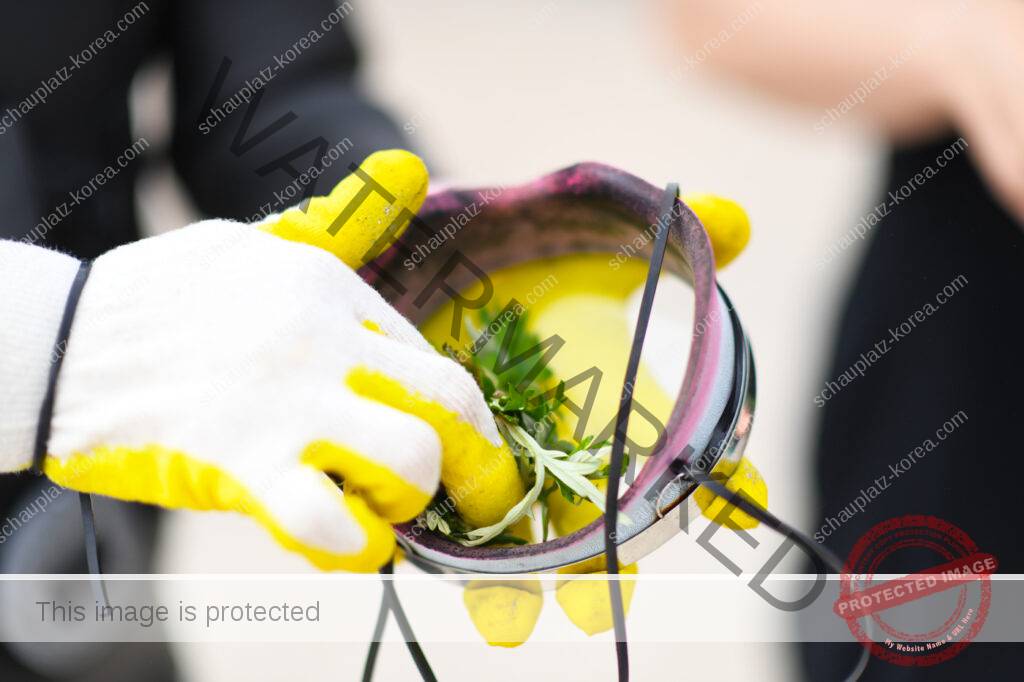
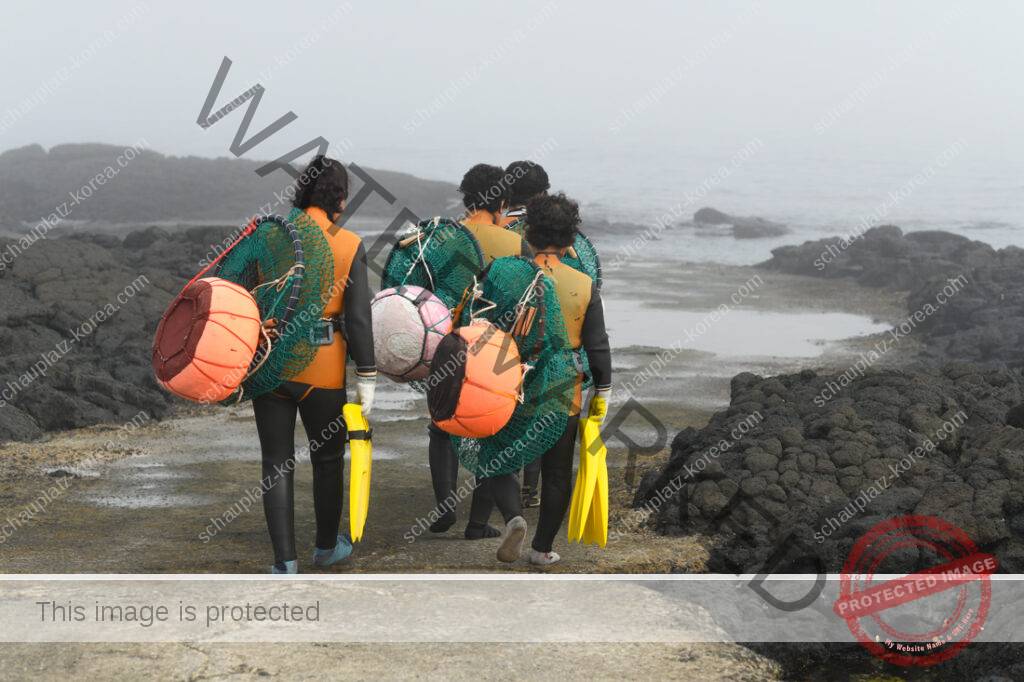
The work of the Haenyeo is very exhausting and dangerous. They must independently control their oxygen supply and dive time during each dive, and correctly estimate the distance to the surface. Physical requirements such as an enormous lung capacity, the ability to equalize pressure, and high resistance to cold – Haenyeo also dive in the winter months – are therefore essential. Therefore, Haenyeo always dives in a group and never alone.
If you have the chance to observe the Haenyeo up close, you will notice a special whistling sound that the Haenyeo make when they surface. Sumbisori – as this sound is called – occurs when the divers inhale oxygen while breaking the water surface and simultaneously exhale the carbon dioxide that has accumulated in their lungs during their dive. Sumbisori provides the Haenyeo with new breathable air, allowing them to dive for a long time without recovery breaks.
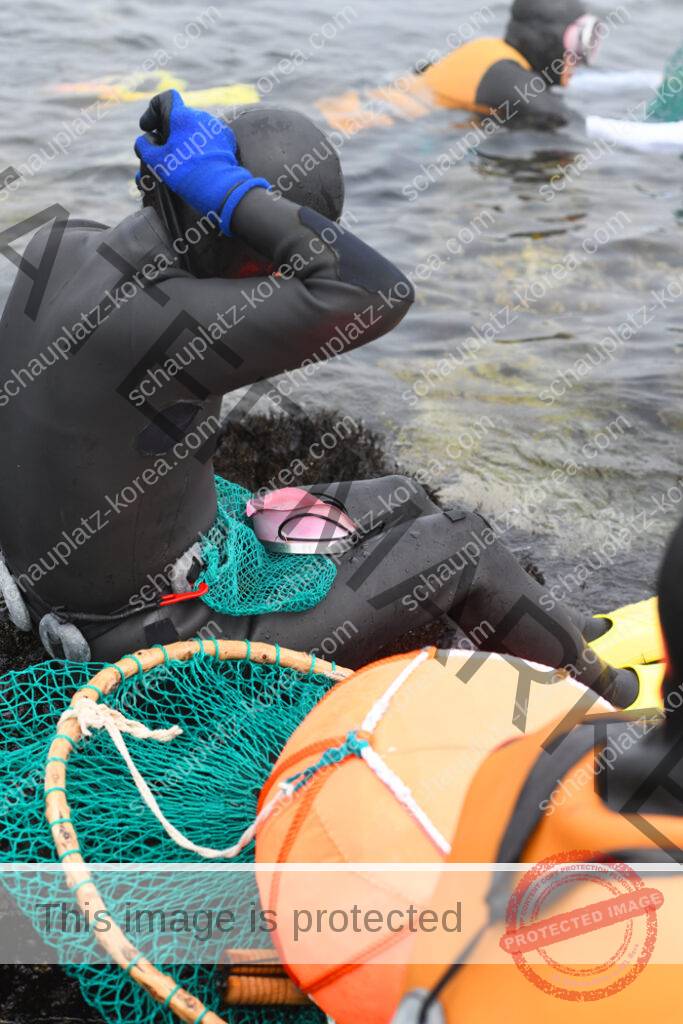
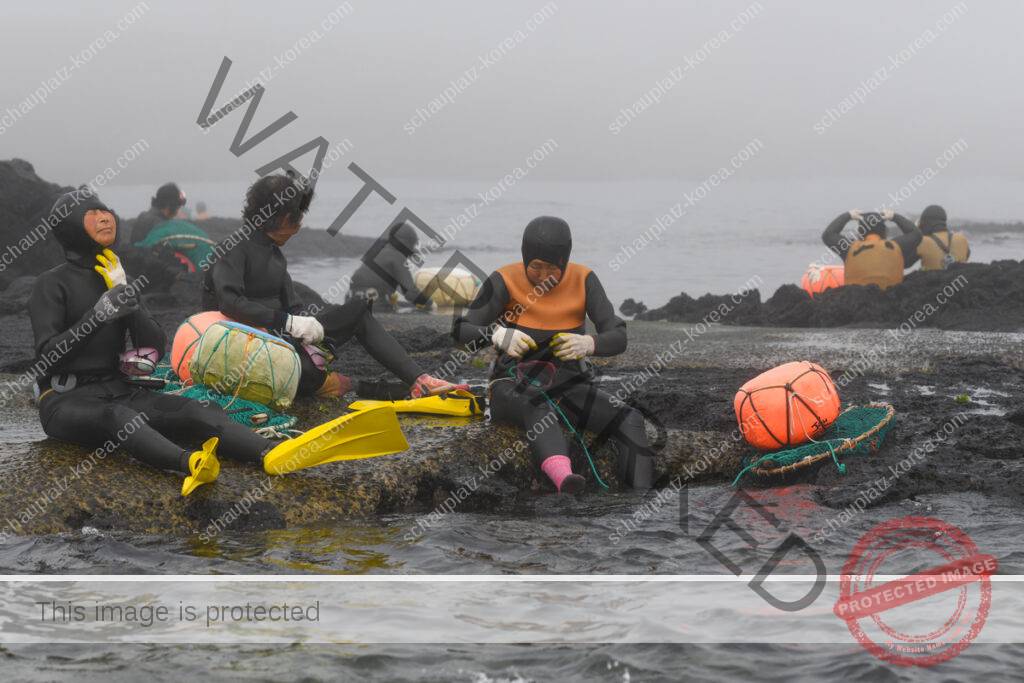
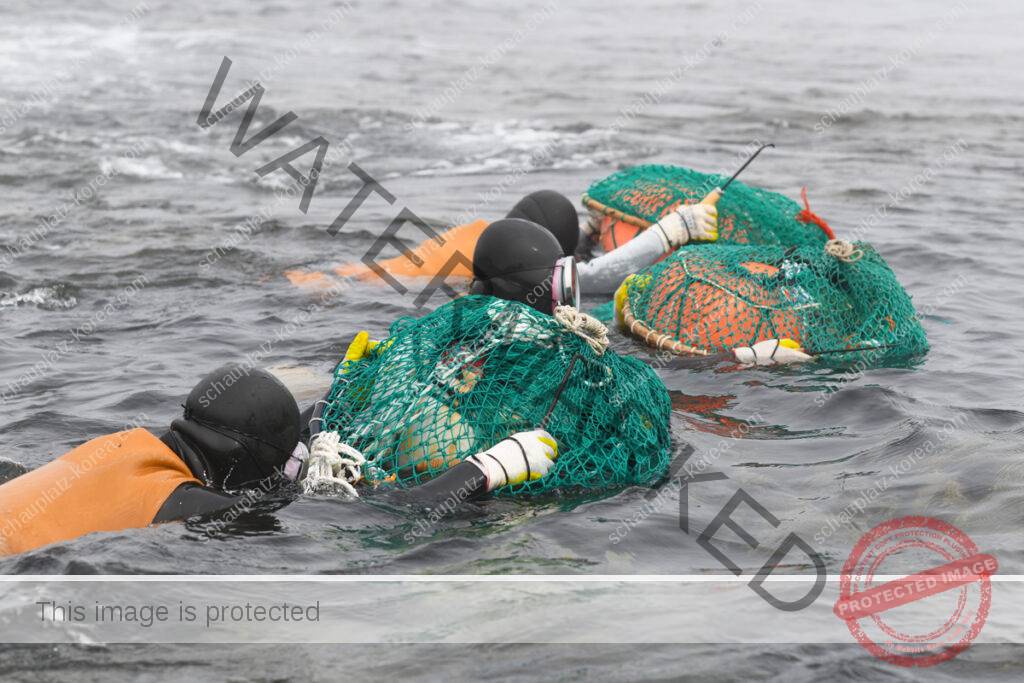
In order to obtain the highest yielding crop, the Haenyeo use different working techniques. The most common is Gotmuljil. Here, the divers swim out from the shore to the open sea and dive near the shore for seafood. In addition, there are also days when the Haenyeo go out to sea by boat (Baetmuljil). If the Haenyo is looking for very special “delicacies”, they sail from island to island (Nabar).
As proven marine experts and masterful divers, they have adapted to the sea over generations. However, this long cherished tradition could disappear in just a few years.
Daniel Thomas Faller
Diving has a strong communal aspect among the Haenyeo. Over 100 so-called Eochongye (Haenyeo cooperatives) govern the work of the Haenyeo on Jeju Island. The Eochongye have rules regarding fishing ground boundaries, fishing qualifications, and fishing methods and periods. These must be strictly adhered to in order to preserve the marine ecosystem and ensure peaceful coexistence.
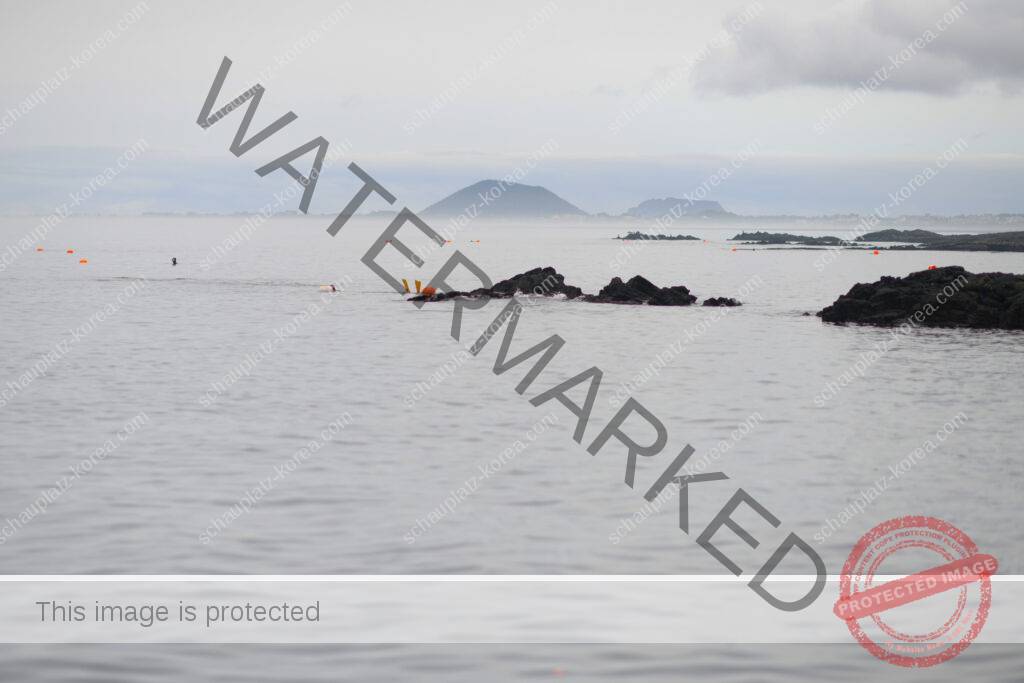

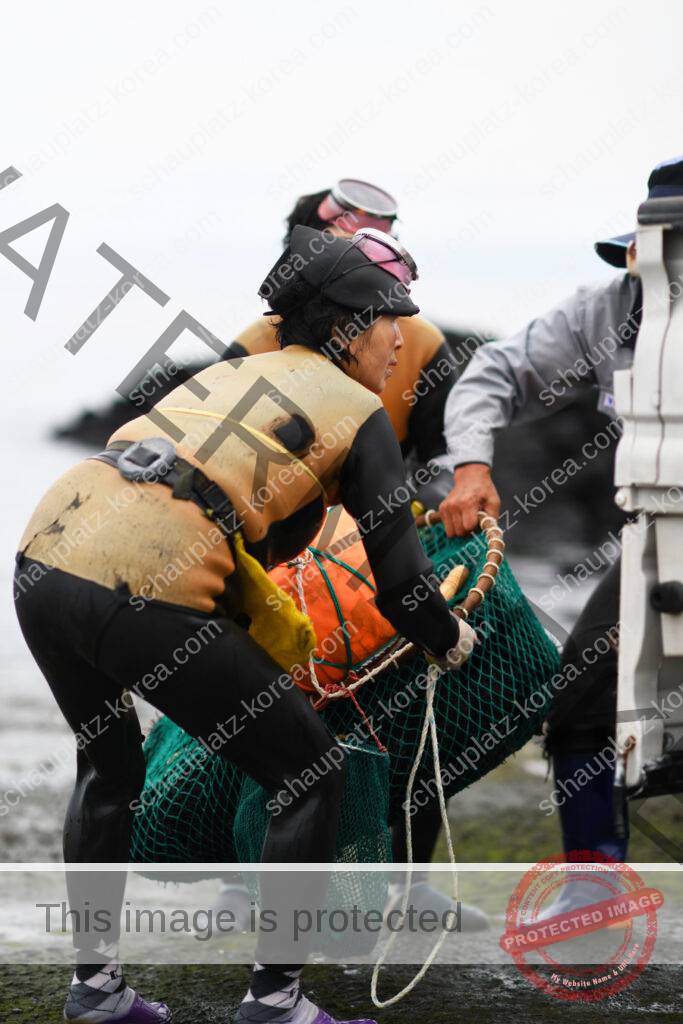
The divers are only allowed to do their work in accordance with applicable laws and regulations. Seafood, for example, may only be caught when it reaches a certain size. Unlike diving for seafood, collecting cheoncho and tot (seagrass) is a community effort. The Haenyeo dive together for seagrass, dry it and sell it on the market. The proceeds are then shared among themselves.
Haenyeo has considerable knowledge of the sea and its creatures. They know the growth processes of marine plants and adjust their dives accordingly. Their extensive knowledge of the marine ecosystem and understanding of the coexistence of man and nature is passed on from generation to generation.
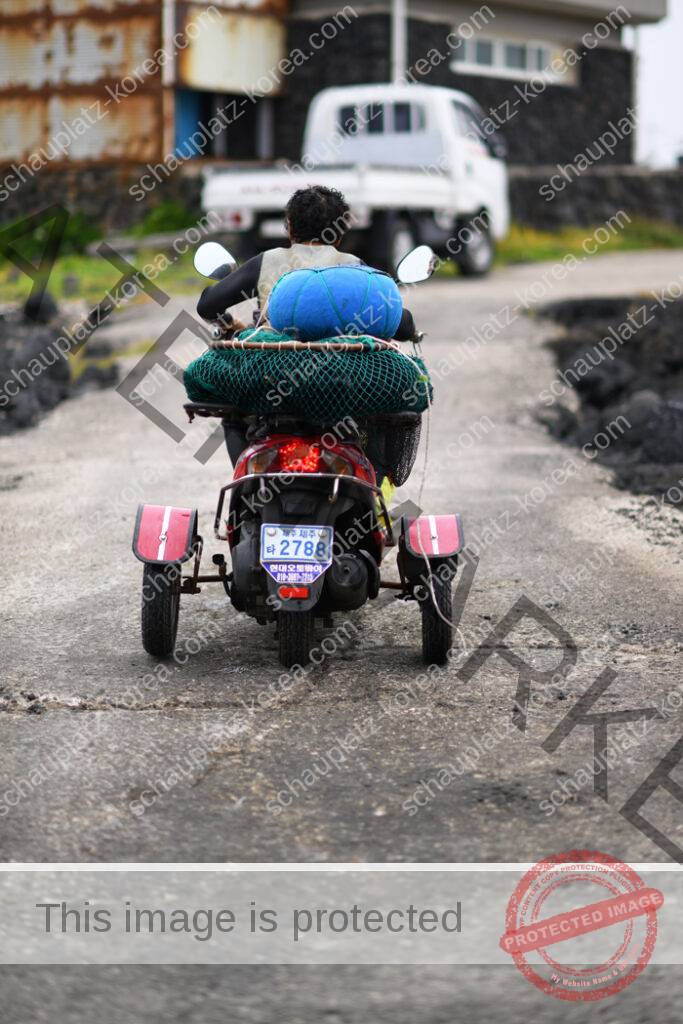
As proven marine experts and masterful divers, they have adapted to the sea over generations. However, this long-cherished tradition could disappear in just a few years. There is too little interest among the younger generation to continue free diving as a profession. On Jeju, the Haenyeo are still considered a role model for equal rights for women. Alongside the men, they play an independent role in society and within the family. The only question is for how long?

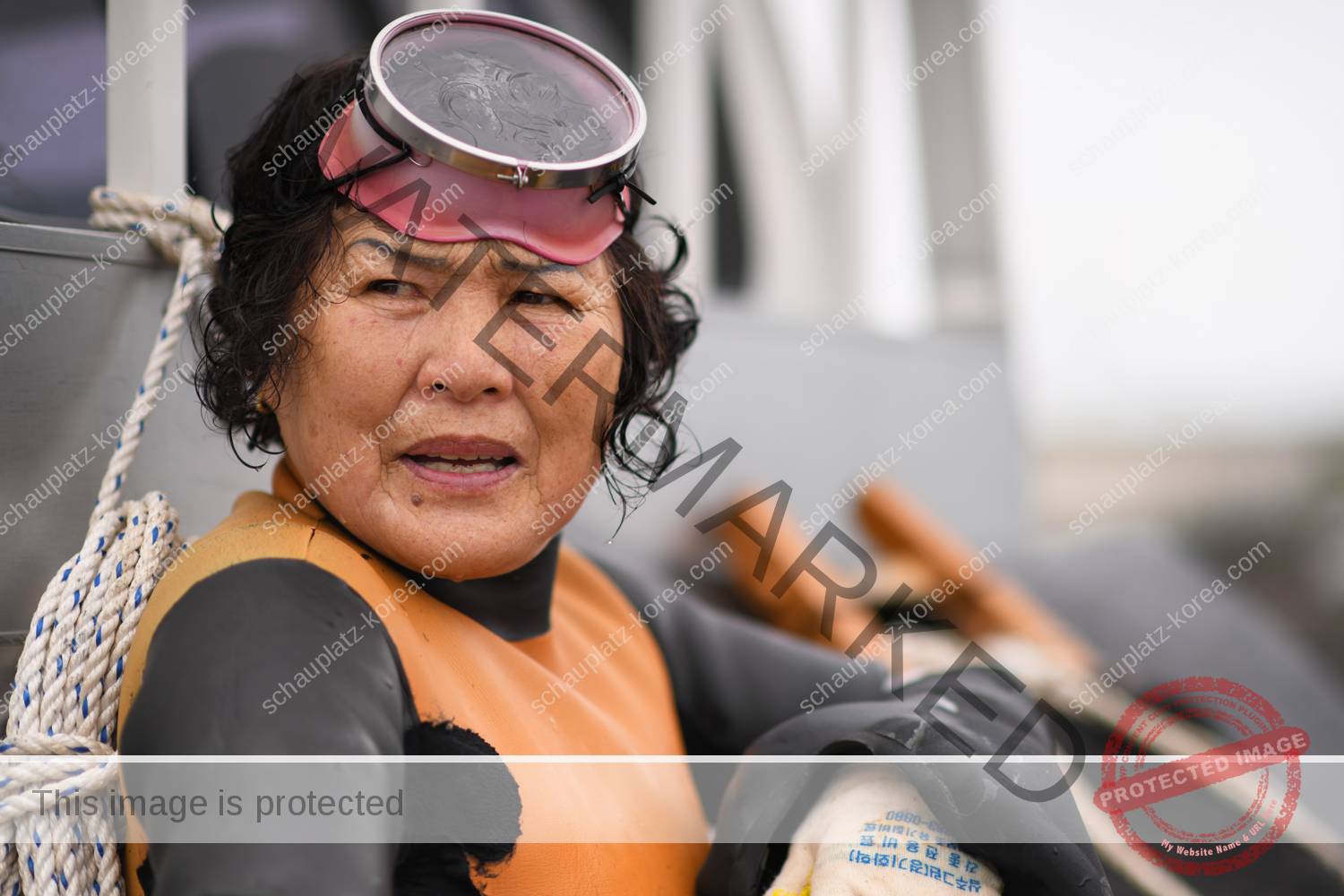
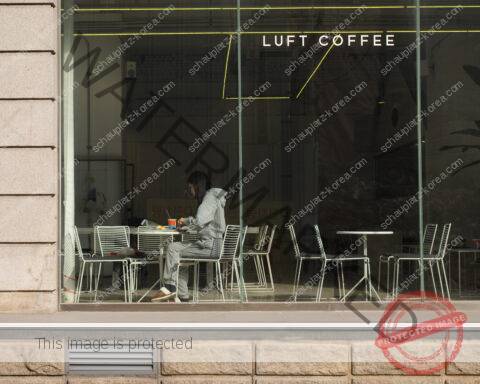
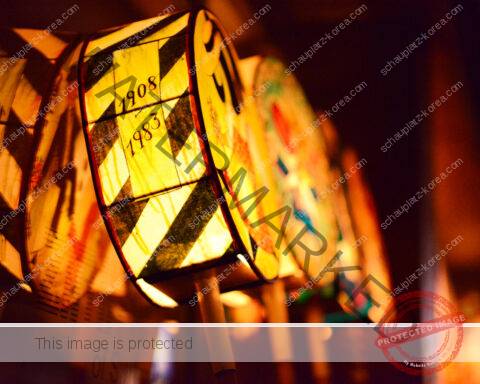

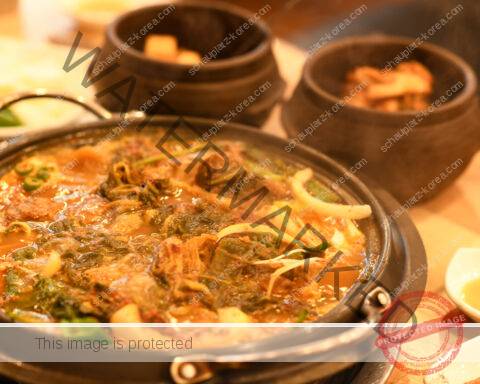
Lovely inspiring writing on the beauty of this tradition.
Great story 👏 👌 👍
Mr. Faller, I really enjoyed your wonderful story on the Haenyeo. I have got more precise knowledge from your article than any other description written by Korean. Position of Haenyeo is very unique in traditional Korean society. Jeju island was separate kingdom from other 3 kingdoms including Silla which unified the kingdoms for long time. Anyway, nowadays, Jeju-do plays a big role in Korean development. I am going to send your article to my grandson/daughter including Yejoon because your description on Haenyeo is very interesting and profitable as Korean. I really appreciate your interest in Korea and introduction of Korea to worldwide once again. Have nice Choosuk,